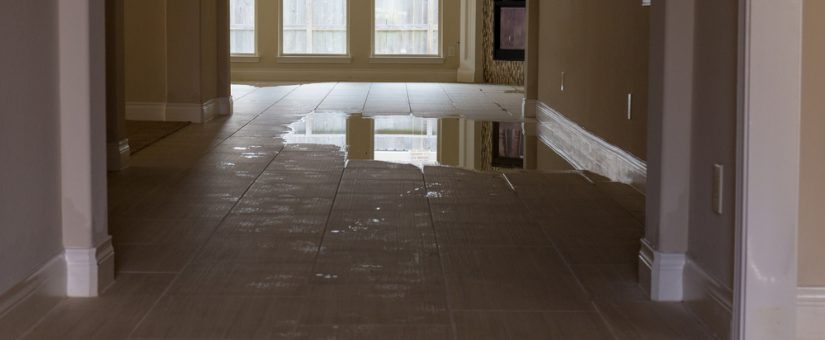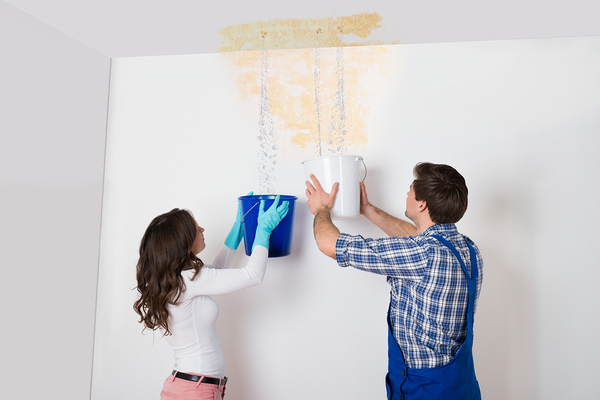We've stumbled on this article about How to Find Water Leaks listed below on the net and felt it made good sense to share it with you here.

Leaks not just trigger waste of water but can also cause unnecessary damages to your home as well as advertise undesirable organic development. Water leaks might go unnoticed because most of the pipework in our house is concealed. By recognizing and looking for day-to-day scenarios that trigger leakages, you can secure your house from future leakages and also unneeded damages. Today, we will take a look at 6 leak creates that might be causing your pipes to trickle.
Immediate temperature adjustments.
Severe temperature level adjustments in our pipes can create them to expand as well as contract suddenly. This development and contraction may cause splits in the pipelines, particularly if the temperature are below freezing.
Rusty water supply
This could be the cause of staining or bending on your water pipes. If our plumbing system is old, think about replacing the pipes considering that they are at a higher threat of corrosion than the more recent versions.
Malfunctioning Pipeline Joints
The point at which your pipes connect is regularly the weakest link in the waterline. Pipeline joints can weaken over time, leading to water leaks. Regrettably, most of pipeline joints are not conveniently visible. If you have noisy pipes that make ticking or banging sounds, especially when the hot water is turned on, your pipe joints are probably under a great deal of pressure. It is advisable to have your plumber evaluate your system once a year.
Trespassing roots
Many water leakages start outside the house rather than inside it. You might observe damp patches or sinkholes in your lawn, as well as that might indicate that tree roots are getting into water lines causing water to leak out.
Poor Water Connectors
At times, a leakage can be triggered by loosened tubes as well as pipes that supply your devices. In situation of a water links leakage, you may notice water running directly from the supply line or puddles around your home appliances.
Blocked Drains
Clogged drains might be frustrating as well as inconveniencing, but they can often wind up causing an overflow resulting in break pipes. Maintain getting rid of any products that might drop your drains that might block them to stay clear of such hassles.
All the above are reasons for leaks however not all water leakages arise from plumbing leakages; some leakages might come from roof covering leaks. All leaks should be fixed immediately to avoid water damage.
Leakages not just cause waste of water yet can also create unnecessary damages to your home and promote undesirable natural growth. By understanding and also looking for day-to-day circumstances that cause leakages, you can protect your residence from future leaks as well as unneeded damages. Today, we will certainly look at 6 leak triggers that might be triggering your pipes to drip.
At times, a leakage can be created by loosened pipes as well as pipes that supply your devices. In case of a water links leakage, you might discover water running straight from the supply line or puddles around your appliances.
How To Check For Water Leak In Your Home
How To Check for Leaks
The average household's leaks can account for nearly 10,000 gallons of water wasted every year and ten percent of homes have leaks that waste 90 gallons or more per day. Common types of leaks found in the home are worn toilet flappers, dripping faucets, and other leaking valves. These types of leaks are often easy to fix, requiring only a few tools and hardware that can pay for themselves in water savings. Fixing easily corrected household water leaks can save homeowners about 10 percent on their water bills.
To check for leaks in your home, you first need to determine whether you're wasting water and then identify the source of the leak. Here are some tips for finding leaks:
Take a look at your water usage during a colder month, such as January or February. If a family of four exceeds 12,000 gallons per month, there are serious leaks.
Check your water meter before and after a two-hour period when no water is being used. If the meter changes at all, you probably have a leak.
Identify toilet leaks by placing a drop of food coloring in the toilet tank. If any color shows up in the bowl after 10 minutes, you have a leak. (Be sure to flush immediately after the experiment to avoid staining the tank.)
Examine faucet gaskets and pipe fittings for any water on the outside of the pipe to check for surface leaks.
Undetected water leaks can happen without the home or business owner even realizing. If you suspect a water leak, but not able to find the source. It is time to contact a professional water leak detection service, The Leak Doctor.
How To Find a Water Leak In Your Home
https://www.leakdoctor.com/blog/How-To-Check-For-Water-Leak-In-Your-Home_AE197.html

I found that post about How to Find Water Leaks when doing a search on the search engines. Do you know somebody who is excited by the niche? Feel free to share it. Many thanks for taking the time to read it.
24/7 helpline active.